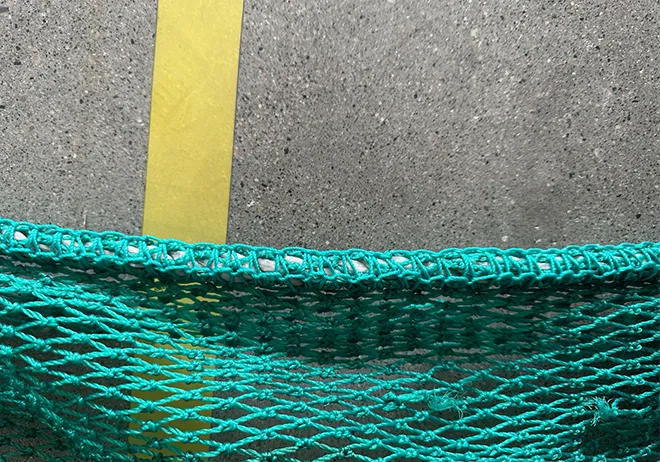Understanding the Functionality and Features of Lockstitch Sewing Machines
What is a Lockstitch Sewing Machine?
Lockstitch sewing machines are an essential tool in the textile industry and among home sewers. Understanding how they work, their components, and their various applications can enhance your sewing experience, whether you're a beginner or an experienced crafter.
Definition and Mechanism
A lockstitch sewing machine creates a stitch by interlocking two threads the upper thread and the lower thread (bobbin thread). The upper thread is fed from the spool through the needle, while the bottom thread is stored in a bobbin that sits in a shuttle. When the needle passes through the fabric, it forms a loop with the upper thread that is caught by a hook on the bobbin case. As the needle rises, the hook pulls the lower thread through the loop, creating a lockstitch. This method of stitching is known for producing tight, durable seams that can handle various fabrics and applications.
Components of a Lockstitch Sewing Machine
A typical lockstitch machine consists of several key components
1. Needle This is where the upper thread is threaded, and it pierces the fabric to create the stitch. 2. Bobbin and Bobbin Case The bobbin holds the lower thread, which is crucial for forming the lockstitch. 3. Feed Dogs These are metal teeth beneath the needle plate that move the fabric forward with each stitch. 4. Presser Foot This holds the fabric in place while sewing, ensuring even stitching. 5. Thread Tension Mechanism Essential for balancing the tension between the upper and lower threads to achieve a consistent stitch. 6. Stitch Length Regulator It allows the user to set the desired length of the stitches, affecting the overall appearance and strength of the seam.
Types and Variations
what is a lockstitch sewing machine

Lockstitch machines come in various forms, including mechanical, electronic, and computerized models. Mechanical machines are often simpler and easier to use for beginners, while electronic machines offer more features, such as multiple stitch options and automatic settings. Computerized models take this a step further by allowing users to create intricate designs and manage advanced settings through a digital interface.
Applications
Lockstitch machines are versatile and widely used in various applications. They are ideal for sewing straight seams in garments, quilting, and assembling household items like curtains and cushions. Their reliability and ease of use make them a popular choice in both industrial settings and home sewing studios. The ability to sew multiple layers without compromising the stitch integrity makes lockstitch machines particularly valuable in garment manufacturing, where durability is crucial.
Advantages and Disadvantages
The primary advantage of a lockstitch sewing machine is the quality of the stitches produced. Lockstitches are strong and less likely to unravel, making them perfect for seams that experience considerable stress. Moreover, these machines tend to be straightforward to operate and maintain.
However, there are disadvantages as well. Lockstitch machines may struggle with very thick fabrics, like leather or heavy denim, unless specifically designed for such materials. They can also require frequent rethreading and bobbin changes, which can interrupt workflow, especially in a busy sewing environment.
Conclusion
In summary, lockstitch sewing machines play a pivotal role in sewing and garment construction. Understanding their mechanics, components, and practical applications allows users to maximize their effectiveness and achieve high-quality results in their sewing projects. Whether for hobbyist crafting or professional garment production, mastering the lockstitch technique can significantly enhance your sewing skills and outcomes.
-
Industrial Cylinder Arm Sewing Machine: Revolutionizing Heavy-Duty SewingNewsJul.28,2025
-
Cylinder Arm Sewing Machine: Perfect for Special Sewing ApplicationsNewsJul.28,2025
-
Cylinder Bed Sewing Machine: Essential for Sewing Complex MaterialsNewsJul.28,2025
-
Heavy Duty Sewing Machine: The Essential Tool for Industrial ApplicationsNewsJul.28,2025
-
Computerized Pattern Sewing Machine: Revolutionizing Precision StitchingNewsJul.28,2025
-
Heavy Duty Industrial Sewing Machine: Power Meets PrecisionNewsJul.28,2025
-
Leather Sewing Machine: The Industrial Standard for Tough MaterialsNewsJul.18,2025





























